
Notes: The Bomb and How We Built It (2012)
Reaction to the Unimaginable Heights novella.
Talia of Unimaginable Heights (the gem of all of Neocities) has quietly published an incredible novella: The Bomb and How We Built It. These are my running notes from my first reading.
This is a science-fiction story (along the lines of Yevgeny Zamyatin’s We) about a woman living in a commune, the surrounding world existing in a kind of dystopian state. I found the story to be very imaginative and bursting with personality - with some tremendous imagery and funny observations. (I’m not as into plot or character, so I tend to not be as aware of these elements in a story - I enjoy novels that could never be made into films. This novella is definitely in this vein.)
Even though The Bomb is eight-years-old, I feel like it still hits. The human dynamics seemed like they could be a metaphor for virtual communities. There is something very detached and cartoonish about the figures of this story that made them feel almost like if Talita had ripped a bunch of personalities from a Discord channel or a Morrissey chat room and translated them into a real setting. (Doubt Talita did anywhere near this - just a feeling I had.)
Anyway, going to cite some bits and add some general observations at the end.
p. 1. “Now, in the morning, most Newcomers are out there working. Later they will come to the big Sunflower Field and dance naked under the sprinklers. Then they will have lunch, and then they will wash their dishes in a big metal tin, which will be placed right in the centre of the big Sunflower Field - they’re very strict about those kinds of things here, about centres.” (It’s very amusing that they dance and then wash dishes. I think the light-heartedness of the story is quite disarming. But the thing is - it gives the main character a very childlike feeling and sets the story apart from other dystopian stories which are nearly always characterized by a damp, heavy tone. This is why I pair this with We (1920), since the tone feels so similar. Also the note about “centres” becomes very important in the story - the desire to pierce the “centre” of a group dynamic.)
(Oh, I will say - this story is quite allegorical. But I don’t think that’s where it really kills. There are some amazing moments that are only tangential - like epiphanies that seem off-topic, but which are actually central - to me, at least.)
p. 1. “I’m still very far from being considered a part of this place, someone who really belongs here, and that’s because there is way too much ‘me’ in me.” (*It’s interesting that Leo can be Leo - and Jonah can Jonah - but she can’t be herself. I think there’s a very modern pressure to tone yourself down, or to abdicate your identity, perhaps even with good reason, which is why it’s easy to relate to Alejandra here. And I think I can see why this happens on the Internet
- you have a worldwide group that has converged onto a massive virtual space - and there’s just not room for everyone, so there is pressure to pull people down, strip down one’s self, etc. At the same time, this will have to happen - one should probably step into the shadows from time-to-time.*)
This post accepts webmentions. Do you have the URL to your post?
You may also leave an anonymous comment. All comments are moderated.






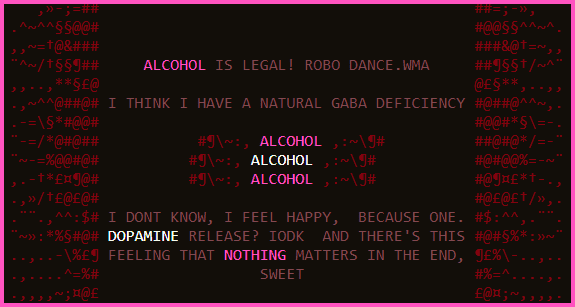
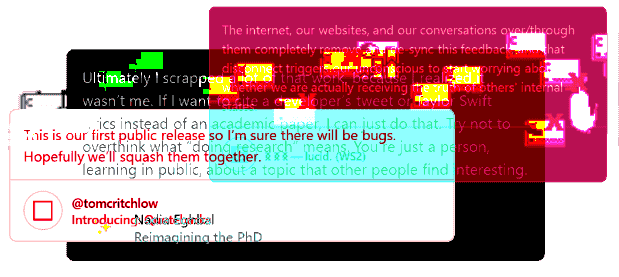
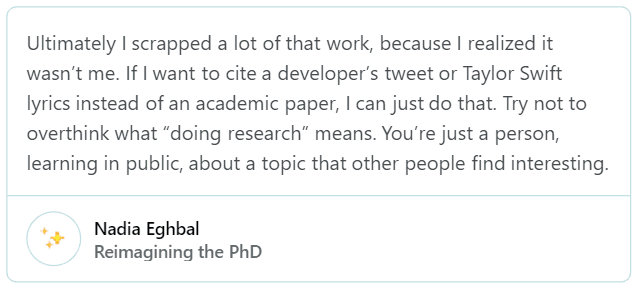


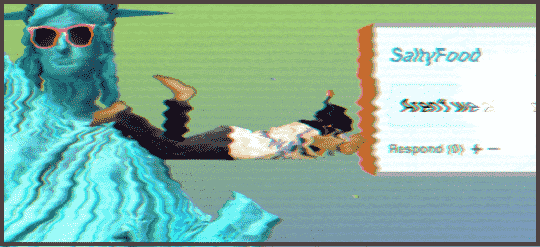
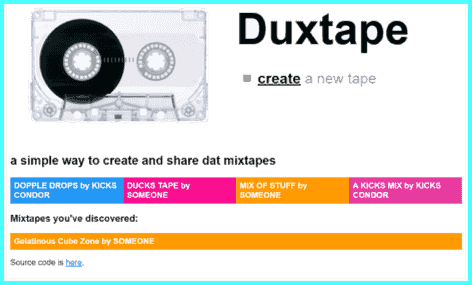

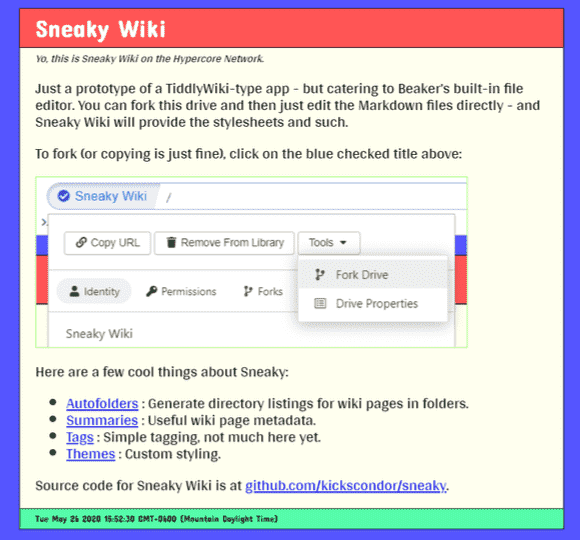
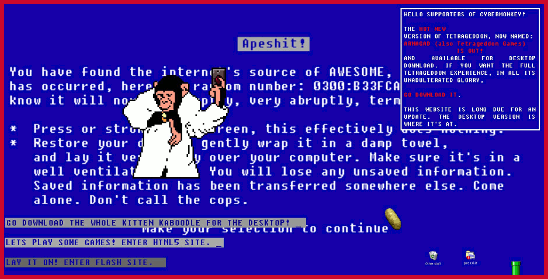


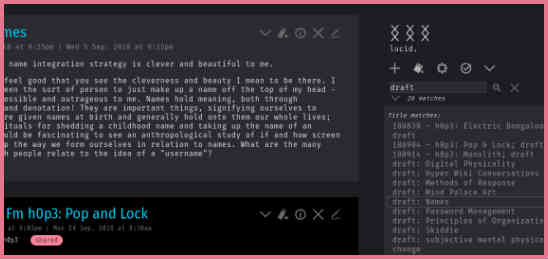
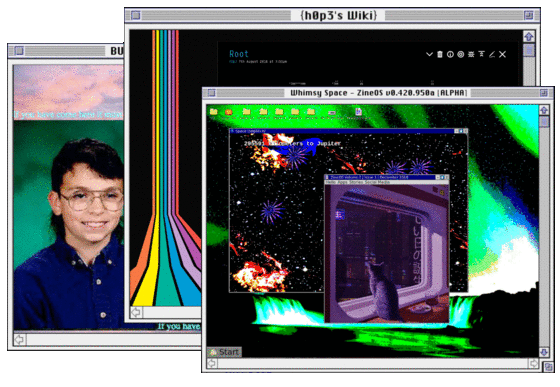


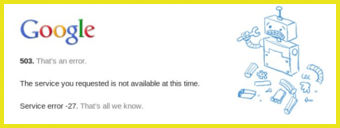
 I’d love to contribute a guest post
I’d love to contribute a guest post


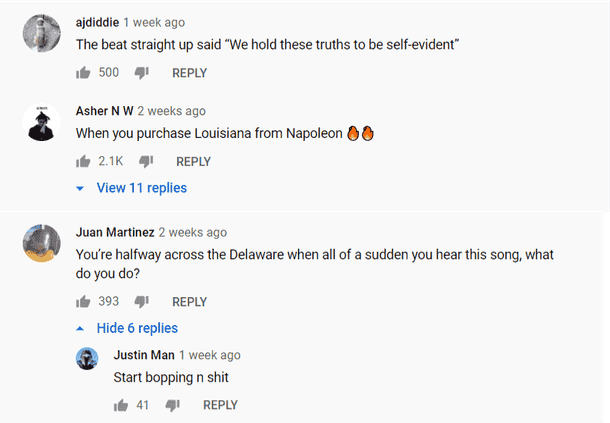





Reply: Losing Your Identity
This is definitely a difficult problem - particularly if you want to somehow weave lots of custom styled hypertext together. But I feel that not a lot has been attempted yet.
One thing that’s interesting to me is to see how many people customize their Tiddlywikis. It seems like many static site generators have ‘good enough’ styles. (It also may not be clear how to tweak the default themes.) However, Tiddlywiki has such a bland basic theme that one immediately wants to go beyond it. So perhaps having poor defaults is good for a platform.
I also think whostyles - the concept for this came from Sphygmus’ wiki - show some promise. At least let people style some part of their post colors, fonts, outlines. This could be done successfully on Reddit - though perhaps they would limit the color palettes and font choices if they didn’t want readability to suffer.
Not really sure the answer to all of this. But thanks for the thoughtful comment!